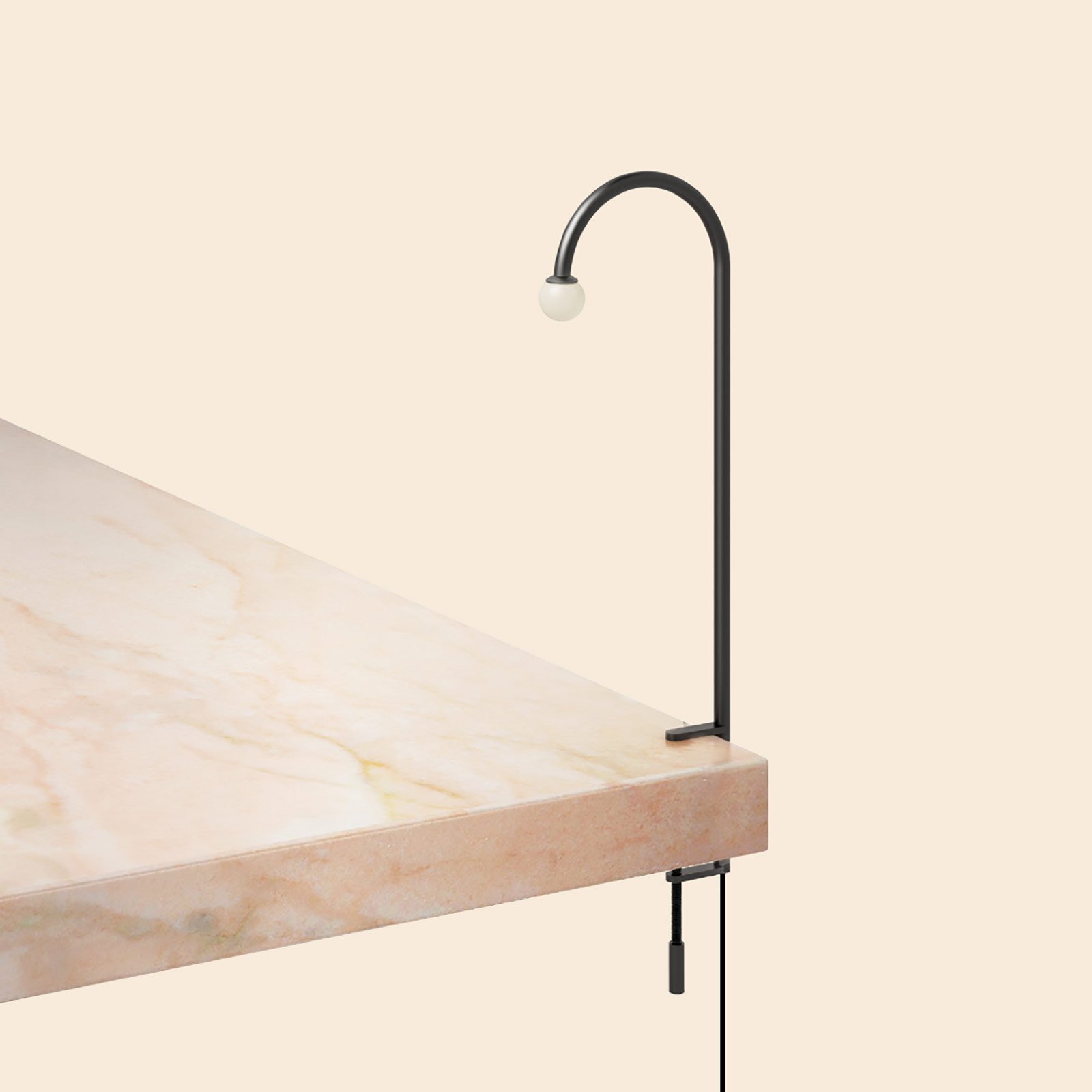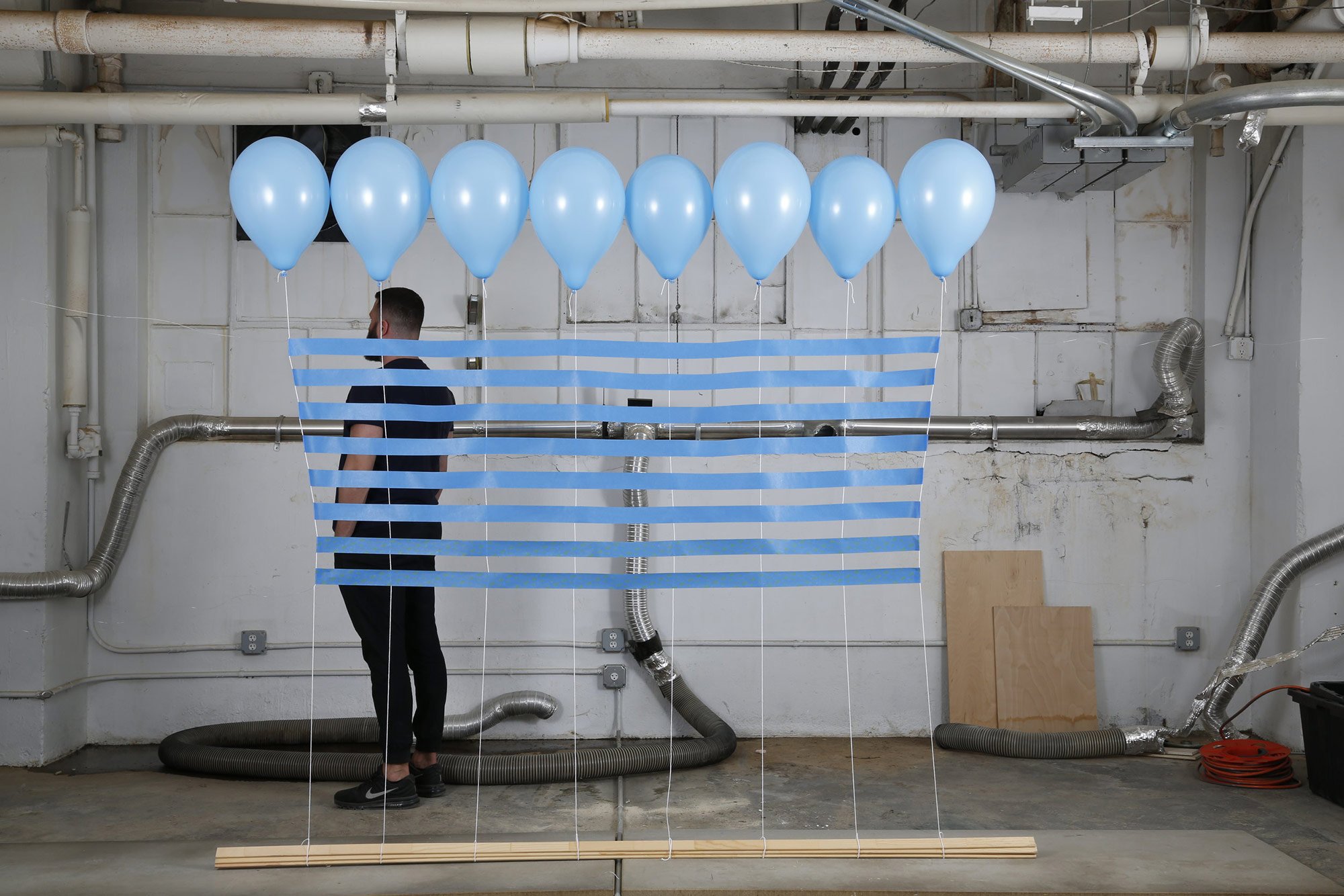Philippe Malouin, the Canadian-born and London-based designer extraordinaire, is a man who knows what he’s about. A graduate of the esteemed Design Academy Eindhoven, Malouin had a stint with British designer Tom Dixon, before setting up shop in 2009. In addition to his own studio, Malouin is the director of POST-OFFICE, an architectural and interior design practice.
More Behind the Design
Philippe Malouin’s approach to design is exploratory and experimental, resulting in something that’s made to last and serves a practical purpose: longevity and function are intrinsic qualities in Malouin’s work. He finds inspiration in the everyday and is disinclined to engage with the inherently voguish nature of trends. With a keen understanding of form, process and materials, Malouin’s designs exhibit a clearly expressed geometric dimension that enhances their aesthetic appeal and individuality. Recent characteristic undertakings include: the ‘Marbles Turntables’ (made of nylon) for the Museum of Contemporary Art Santa Barbara; the bijou ‘Group’ chair for SCP; the ‘Arca’ clamp light for Matter Made; and ‘study for screens’ for Hem—a research installation exploring screen solutions for separating space.


Design is part and parcel of Philippe Malouin’s psyche and stems from a childhood passion for building things. He admires several acclaimed designers—Charles and Ray Eames, Dieter Rams and Jasper Morrison—none of which followed/follow trends. Similar to these design greats, Malouin respects the democratic potential of design and the need for pragmatic, permanent design solutions.
Gessato gets behind the design with Philippe Malouin.
What inspired you to choose design as a vocation?
I always made things as a child. So when I discovered that it was possible to have a career doing so, it seemed appropriate.
As a designer, what are your particular strengths; what are you especially good at?
I think I am able to connect the dots in order to come up with an aesthetically pleasing, functional answer to a problem.
I’m curious about your creative process: how do you approach new projects and commissions?
Each project and commission is always different. Some take forever to research and come up with a concept; some are immediate and obvious.
I’m a chair enthusiast. You recently designed the smart and bijou ‘Group’ chair for SCP. How do you approach the design of an object that’s obtainable in countless shapes and sizes, for every conceivable need.
With the chair for SCP, it’s a geometry I’d been obsessed with for a while, and I kept drawing the chair over and over again. It also proved to be quite a niche chair, as it occupies a small footprint, it swivels and it’s an appropriate height for a cocktail chair.
Sadly, we live in a fast-paced world of fads and throwaway design. In your opinion, how do we face up to and change this self-defeating quality of human behaviour?
I think that quality of the materials and production often equates with how long we keep a design object. Cheap design is a good thing as it’s democratic, but it often ends up in landfill. So it’s important that whether cheap or expensive, the object is built to last, doesn’t deteriorate quickly, and ages well—from both material and design standpoints. Shying away from trends helps a design object last longer.
You’ve been living and working in London for a number of years. If you were to pack up your studio and move away, where would you go and why?
I would probably go somewhere warm, with access to the sea or the ocean. I would try and focus only on the projects I adore and try to have a better work-life balance.
What is your biggest design pet peeve?
Having a very limited amount of time to design something.
When you reflect on your achievements to date, what are you most proud of?
I suppose that my biggest achievement is doing what I love and making a living from it. I’m very lucky to be able to do what I do and live well.
When or where are you most happy and content?
Close to the ocean, somewhere warm and sunny.





